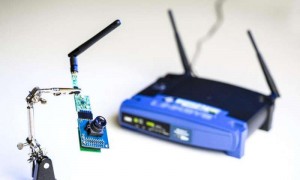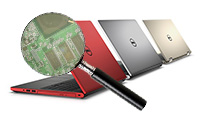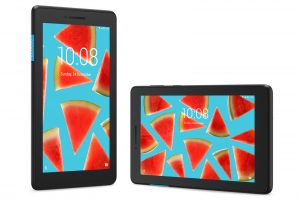

Engineers from the University of Washington have been working on a new technology that can use Wi-Fi routers to power devices. Dubbed as “one of the most innovative and game-changing technologies of the year”, the idea was first considered after the team at the University released an online publication of just how they did this. Although we are still waiting to for the published report, we do know the engineers harvested energy from Wi-Fi signals to power a simple temperature sensor, a low-resolution grayscale camera, and a charger for a Jawbone activity tracking bracelet. We also know the technology is being called PoWiFi.


Since it basically eats up radio frequency power that swims in and around Wi-Fi routers, other devices that could benefit from PoWiFi include Internet of Things (IoT) objects like washing machines and coffee makers. PoWifi has been developed as the ideal router for the job because it sends out “power packets” on Wi-Fi channels not currently in use, reaching the devices via small sensors put into each one. The Jawbone gadget mentioned earlier was recharged by 41 percent in just 2.5 hours using PoWiFi.
If you’re wondering whether the use of PoWiFi would diminish your already running Internet, the engineers at the University addressed this possibility by doing some PoWiFi tests in six homes. They found little to no problems in web page loading or high-res video streaming, “showing the technology could successfully deliver power via Wi-Fi in real-world conditions without degrading network performance” (Washington Edu).
In the future, the engineers expect PoWiFi to be able to do all of this, but with a larger number of devices at once and at longer distances. But for now, we know that PoWiFi can use Wi-Fi to charge low power devices in its hotspot area, and power remote sensors in IoT devices. The end of the wires is near. PoWiFi could make a huge impact on the IoT, and it isn’t hard to imagine other companies seeking similar technology to compete with the idea.

 Laptop & Tablet Parts
Laptop & Tablet Parts




















